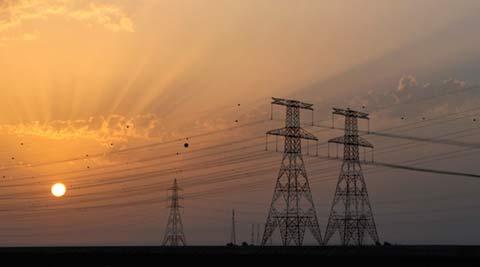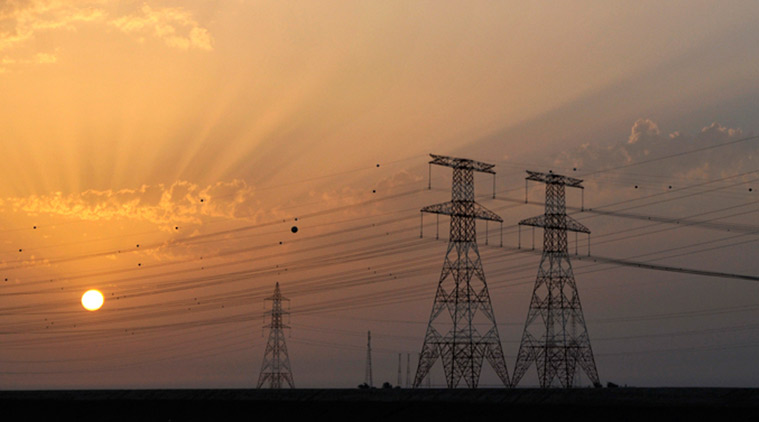Opinion No Sunrise Just Yet
Uday lacks a strong, accessible monitoring mechanism critical for its success

 The real test of Uday will be in election years, when successful elimination of revenue gaps would entail an average tariff hike of about 30 per cent for consumers in Rajasthan and UP. (Reuters Photo)
The real test of Uday will be in election years, when successful elimination of revenue gaps would entail an average tariff hike of about 30 per cent for consumers in Rajasthan and UP. (Reuters Photo)
Uday (Ujwal Discom Assurance Yojana), the Centre’s scheme for turning around electricity distribution companies, has generated hope and debate about the financial viability of these state-owned companies. Since 2001, discom losses, as high as 2 per cent of GDP, have grown substantially. This can be attributed primarily to inadequate tariff increases, poor power purchase planning, lack of timely subsidy payments, and inefficiencies in metering and billing. Reckless funding by banks to loss-making discoms fuelled such practices until bailouts became inevitable. Given their economic, social and political importance, and the threat to the banking sector, discoms cannot be allowed to fail. Hence, another bailout became unavoidable — just three years after the previous effort.
Much like the 2001 scheme for settlement of state electricity board dues and the 2012 financial restructuring plan (FRP), Uday involves the takeover of discom liabilities by state governments over a two- to five-year period. This debt is to be financed via bonds with a maturity period of 10-15 years. Under Uday, this additional liability will not be considered for assessing fiscal responsibility limits of states. This, coupled with the expected 3 to 4 percentage point reduction in interest rates, makes the scheme attractive to states.
Under previous schemes, no mechanisms existed to check unsustainable borrowing. This was a major reason for ballooning losses. Uday recognises this, and future losses are permitted to be financed only via discom bonds guaranteed by state governments. Besides, the scheme places a limit on working capital loans at 25 per cent of the previous year’s revenue. Moreover, future losses are to be taken over by respective state governments in a graded manner — 5 per cent of losses in 2017-18, 50 per cent by 2020-21, and so on. Thus, Uday is not a one-time settlement mechanism but an ongoing effort.
To reduce discom inefficiencies, past schemes imposed certain conditions. Ensuring regular tariff setting, energy auditing of feeders, metering of distribution transformers (DT) and elimination of revenue gaps were conditions in 2001. Besides these, FRP conditions included allowing fuel cost adjustment in final tariffs, reduction in short-term power purchase, liquidation of regulatory assets and ensuring advance payment of subsidies. Uday has the ambitious target of making all discoms profitable by 2018-19. To this end, Uday also imposes certain conditions. Loss reduction is to be aided by circle-wise targets, feeder and DT metering, and upgrade or replacement of transformers. Regions with sustained loss reduction are to be incentivised by increased hours of supply. Other ongoing government initiatives, including those to reduce coal costs and ease transmission constraints, are also being touted to bring down expenditure. Unfortunately, Uday has not laid down a specific performance-monitoring and compliance mechanism. Though Uday lacks penalties, compliance is to be incentivised by additional funding in sector programmes and discretionary allocation of power and coal.
Past experience demonstrates that in the absence of a strong, publicly accessible monitoring mechanism, performance-improvement targets are unlikely to be met. Such a mechanism should include monitoring of lending by banks. We must also recognise that reliable and quality supply is essential to break the vicious cycle of low revenue recovery, inadequate investment in network and poor supply. But monitoring this crucial aspect is not covered in Uday. The power ministry should create a compliance dashboard similar to the one for monitoring progress of the PFA programme.
The real test of Uday will be in election years, when successful elimination of revenue gaps would entail an average tariff hike of about 30 per cent for consumers in Rajasthan and UP. In these circumstances, if restrictions on lending by banks for funding losses will be adhered to needs to be seen. It’s also pertinent that addressing past losses is just one part of the story. Migration of high-paying consumers due to the proposed carriage and content separation and the rapid penetration of distributed solar generation will impact discom finances adversely. This would imply either a significant tariff shock for subsidised categories or an increased burden on state governments. Thus, the extent of adherence to Uday and responses to emerging challenges will decide if, and how soon, we would need another restructuring package.



